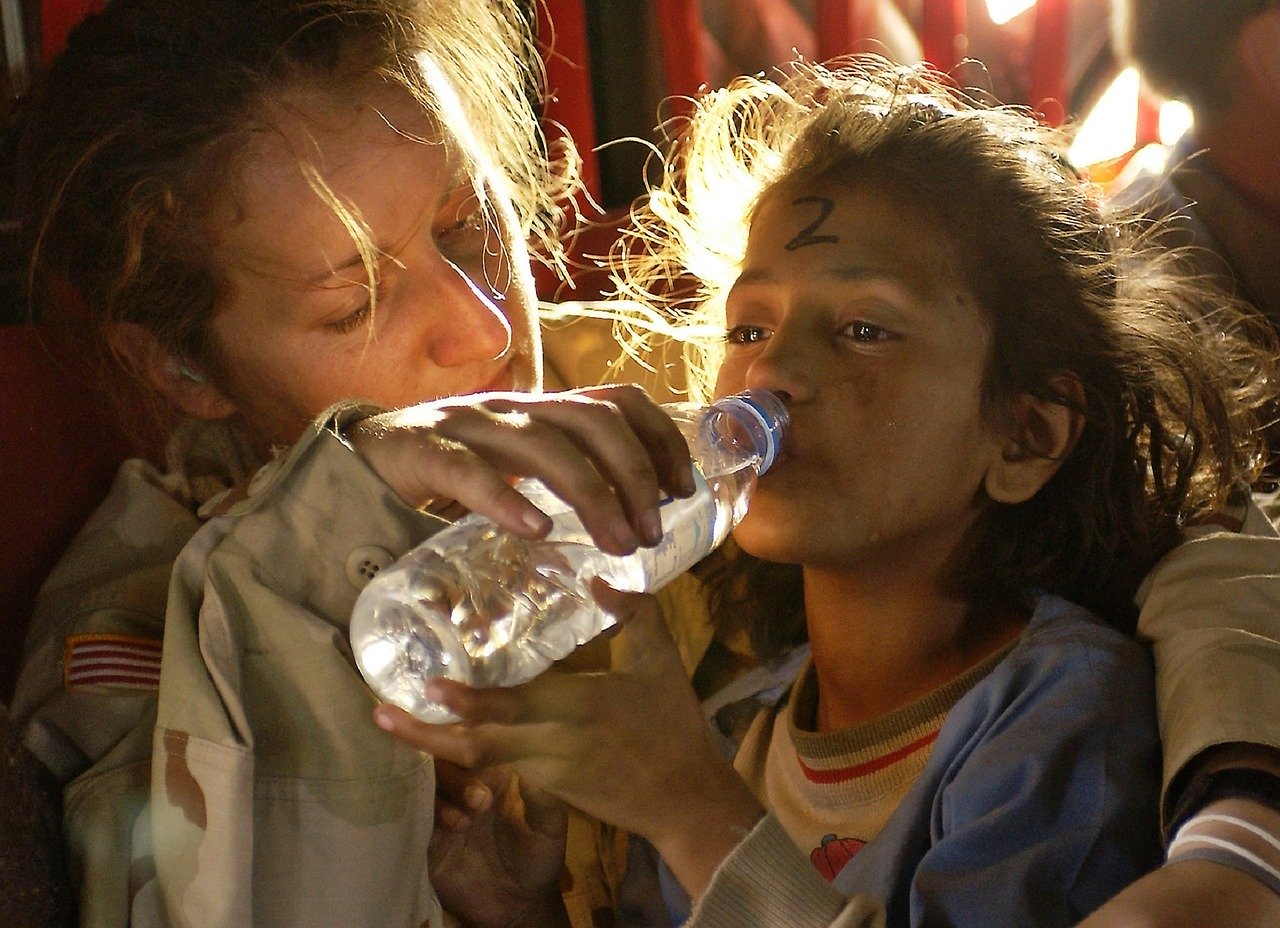5 Countries With the Most Generous and Principled Foreign Aid Policies
 In 2019, the Overseas Development Institute came out with the principled aid index to assess the degree to which donor countries are contributing to a prosperous world. According to the report, the principled foreign aid policies not only benefit the country that receives the aid, but it also serves the interests of the donor country. Below is a list of how this report’s top five countries are using their foreign aid:
In 2019, the Overseas Development Institute came out with the principled aid index to assess the degree to which donor countries are contributing to a prosperous world. According to the report, the principled foreign aid policies not only benefit the country that receives the aid, but it also serves the interests of the donor country. Below is a list of how this report’s top five countries are using their foreign aid:
5 Countries Foreign Aid Policies
- Luxembourg is a small country in Western Europe that has pledged 0.96% of its gross national income (GNI) to go towards development and aid. It is one of the few countries that meet a goal set by the U.N. to dedicate 0.7% of a country’s GNI to foreign aid. Luxembourg starts by targeting some of its partner countries, which include Burkina Faso, Nicaragua, Mali and Senegal. With remaining funds, Luxembourg helps provide humanitarian assistance in Kosovo, the Palestinian territories and Vietnam. The country also focuses on private enterprises through microfinance and inclusive finance to help promote productivity. In 2020, Luxembourg joined the International Aid Transparency Initiative which motivates the government to share data about foreign aid spending with the public. Accountability is an important factor in creating sustainable aid.
- The United Kingdom is another country that has met the U.N. goal of 0.7% of GNI for foreign aid. The U.K. set the goal back in 1974 but recently achieved it in 2013. Additionally, the government inscribed the goal into law in 2015 so that the country now has a legal duty to achieve it. Around 64% of the U.K.’s foreign aid goes to countries for bilateral aid. The main recipients of bilateral aid include Pakistan, Ethiopia, Nigeria, Syria and Afghanistan. The remaining 36% of the U.K.’s foreign aid goes to multilateral institutions like the E.U. and the U.N. Additionally, the U.K. has also provided humanitarian aid for Liberia and Sierra Leone during the Ebola outbreak. Also, the country offered assistance to Nepal and Indonesia — following natural disasters and Somalia during the hunger crisis.
- Sweden has continuously met the U.N. goal since 1976. The country even made its own goal to dedicate 1% of its GNI to foreign aid in 2008. In 2019, Sweden allotted 0.98% of its GNI for foreign aid. Along with Norway, Sweden is considered to be a “humanitarian superpower.” The Swedish development cooperation, also known as Sida, is Sweden’s leading agency for providing foreign assistance. Sweden has 33 partner countries that it helps by creating income opportunities and strengthening democracy. Sweden is dedicated to helping achieve the U.N., 17 Sustainable Development Goals (SDGs). The country’s primary goals include human rights, democracy and the rule of law, gender equality, the environment and climate change, health equity and education and research.
- Norway has met the U.N. goal for providing foreign aid since 1976. In 2019, Norway apportioned 1.02% of its GNI for foreign aid and development. Norway’s foreign aid policies use an approach that follows the 2005 Paris principles. These principles value ownership, alignment, harmonization, managing for results and accountability. Norway provides foreign aid funding for civil society organizations and budget support. The country also uses a large part of its budget to help people inside its borders. For example, Norway has used part of its budget to provide for its refugee population, which included more than 50,000 refugees in 2019.
- Ireland currently does not meet the U.N. goal, but the country is hoping to double its impact by 2025. In 2017, 0.36% of Ireland’s GNI went toward its foreign aid budget. Ireland’s foreign aid focuses on developing countries in sub-Saharan Africa. The country hopes to combat the issues of displacement and conflict, which Ireland’s main concern — climate change, tends to exacerbate. Additionally, developing countries are more likely to feel the effects of climate change disproportionately as compared with developed countries.
Striding Forward
These five countries’ foreign aid policies are impressive examples of how developed nations can make valuable contributions to global well-being. Hopefully, more undeveloped countries continue to benefit from foreign aid policies of more developed nations. Likewise, it is important these developed countries continue their efforts to achieve the U.N. goals, for theirs and the world’s greater benefit.
– Camryn Anthony
Photo: Pixabay
